The first human remains were found in Ethiopia, almost 200,000 years ago.1,2 During that time, Ethiopia was a warm and tropical climate. It is likely that we evolved to be humans in this hot environment. And you’re hot too. The human body is 98.6 degrees on average. You are a warm-blooded human.

Photo © 2000 David L. Brill, Brill Atlanta
Humans eventually left our tropical roots and populated the planet in cooler regions north and south of the equator. Since then we have lost brain size, our metabolic rates have dropped, obesity rates have risen, and we have more lifestyle disease than ever before.3,4,5
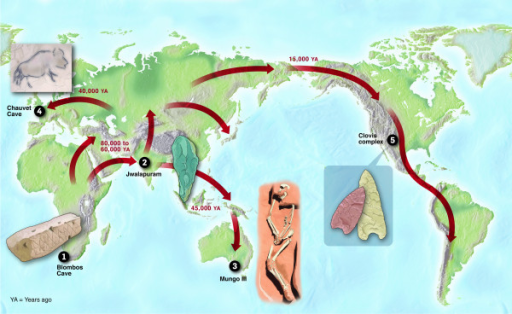
Why is this happening? Why are people more sick today than ever before?
The First Diet proposes that this phenomenon is largely a result of damaged metabolisms due to metabolic-fuel-incompatibility. We have slowly given up the warm weather foods we were designed to eat with foods that grow in the cold.
Scientists can see what people have been eating by examining their cells. Studies show that since the year 1960 there’s been a 310% increase in the “cold weather” fat in our tissues, and a 270% increase in obesity—a close tie in numbers. And that’s only the beginning of our problems.6,7,8
But what are “cold weather” fats anyway?
Cold weather fats include foods like soy oil, corn oil, and fish oil.
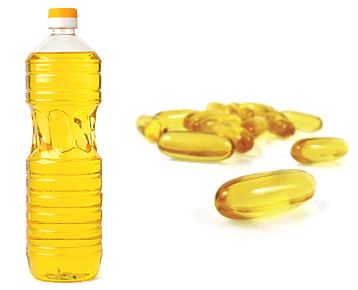
Warm weather fats include foods like olive oil, coconut oil, and palm oil.
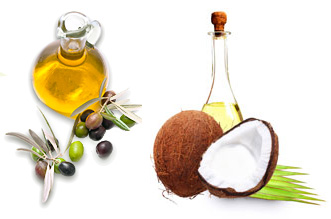
Cold weather fats are the type of fats that like the cold, and are destroyed easily with heat.
In contrast, warm weather fats are the type of fats that like to be warm, and do well with heat too.
Want proof of this concept? Just try the “refrigerator test”.
It’s easy, just put some vegetable oil and olive oil in the refrigerator overnight. When you wake up, you’ll notice that the vegetable oil is still liquid at the cold temperature, and the olive oil should be solid.
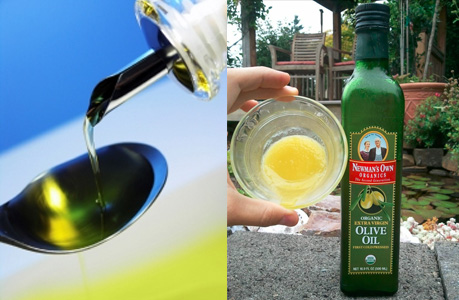
The cold weather vegetable oil “likes” the cold and stays liquid there. The warmer weather olive oil does not like the cold and hardens up.
You can see this same process with butter and coconut oil. Coconut oil is often hard even at room temperature, and butter stays solid as well, because they like heat even more. In fact, they really like your body temperature.
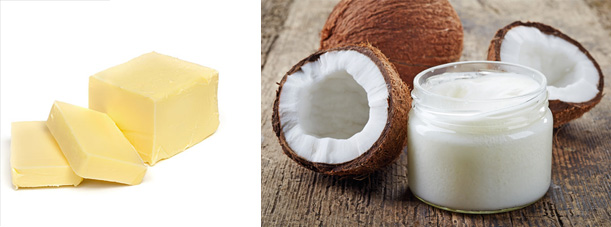
For these we can try the “touch test.”
Just touch hardened butter or coconut oil with your finger, and you’ll notice it melts instantly. It turns liquid when it hits your body temperature.

These warm weather fats are much more stable at your warm blooded temperature of 98.6 degrees.
And the warm weather fats are chemically solid as well. Especially when compared to cold weather fats.
If you look at the structure of cold weather fats, they look like tree branches with lots of little “weak spots” where the branches can snap off and break.
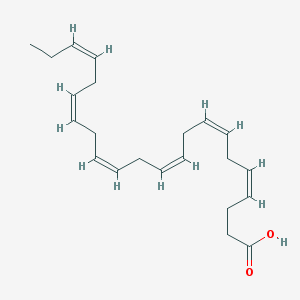
Cold weather fat shown in the image above.
Warm weather fats are much more solid chemically and look more like long stable steel rods. As a result, they are less likely to break.
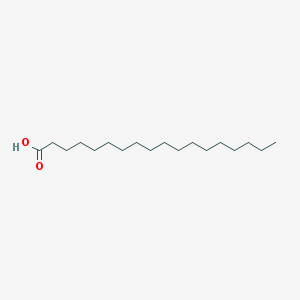
Warm weather fat shown in the image above.
And you don’t want this fat to break apart in your body because every time a “tree branch” snaps off of a cold weather fat, it can cause free radical damage to your cells. This process is called “lipid peroxidation” and you can see a graphic of what that process looks like on a scientific level below.
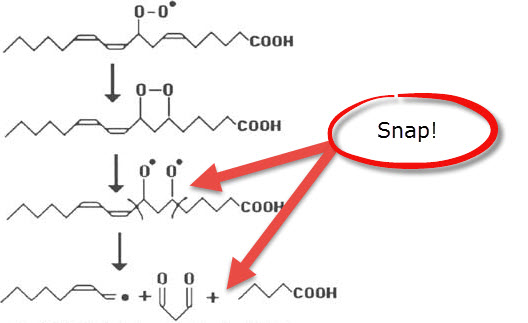
This free radical damage can also set off a chain reaction of other free radicals that go out and snap more “branches” that then cause more free radical damage and snap even more “branches”. And the cycle can continue longer the more cold weather fat you are storing on your body.
As science has shown us, free radical damage can cause accelerated aging and disease. It has even been shown that as markers for cold-weather lipid peroxidation go up, plaque deposits in brain tissue can increase. The same plaque deposits that are associated with Alzheimer’s Disease (see image below).9

In addition, cold weather fats can cause lipid peroxidation that can damage your mitochondria. And your mitochondria are the main drivers of your metabolism and metabolic rate. Injured mitochondria can hamper your metabolism significantly.10
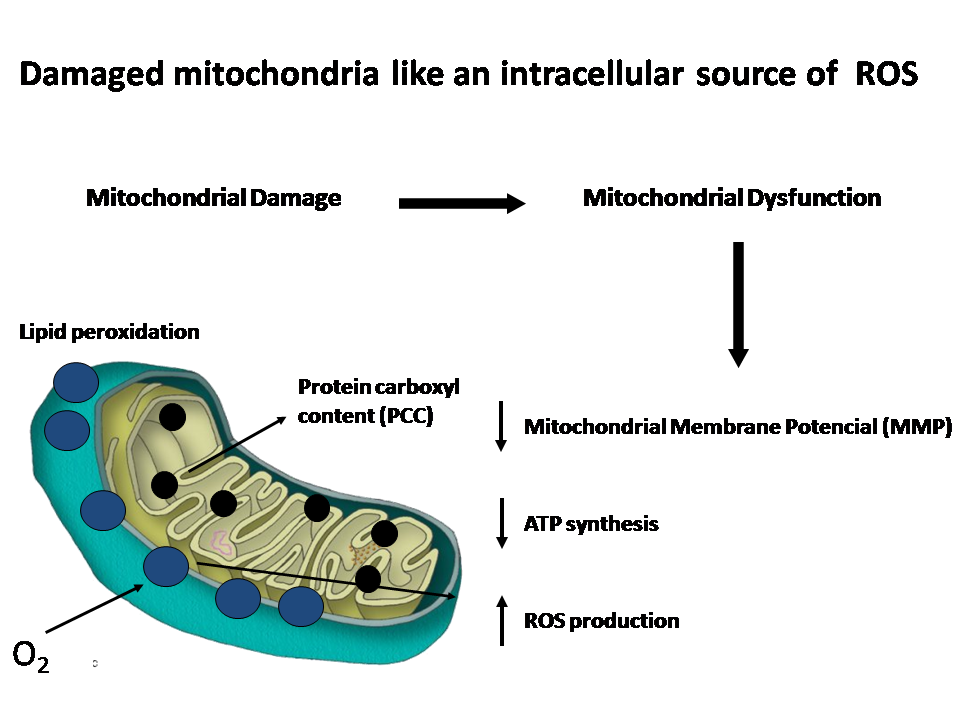
Bottom line: Relying on more stable warm weather fats and minimizing cold weather fats can be a good idea for long term health and well being.
References:
1. Stratigraphic placement and age of modern humans from Kibish, Ethiopia. Nature. 2005;433(7027):733.
2. Bradshaw JL. Human Evolution, A Neuropsychological Perspective. Psychology Press; 1997. Pg 185.
3. Menke A, Rust KF, Fradkin J, Cheng YJ, Cowie CC. Associations between trends in race/ethnicity, aging, and body mass index with diabetes prevalence in the United States: a series of cross-sectional studies. Ann Intern Med. 2014;161(5):328-35.
4. Centers for Disease Control and Prevention. Overweight and Obesity: Adult Obesity Facts.
5. National Institute on Aging, National Institutes of Health, U.S. Department of Health and Human Services, World Health Organization. Global Health and Aging: Pgs. 9-12.
6. Witting LA, Lee L. Recommended dietary allowance for vitamin E: relation to dietary, erythrocyte and adipose tissue linoleate. Am J Clin Nutr. 1975;28(6):577-83.
7. Ren J, Dimitrov I, Sherry AD, Malloy CR. Composition of adipose tissue and marrow fat in humans by 1H NMR at 7 Tesla. J Lipid Res. 2008;49(9):2055-62.
8. Centers for Disease Control and Prevention. Overweight and Obesity: Adult Obesity Facts.
9. Praticò D, Uryu K, Leight S, Trojanoswki JQ, Lee VM. Increased lipid peroxidation precedes amyloid plaque formation in an animal model of Alzheimer amyloidosis. J Neurosci. 2001;21(12):4183-7.
10. Úrsula Muñoz Morón and Inma Castilla-Cortázar (2012). Protection Against Oxidative Stress and “IGF-I Deficiency Conditions”, Antioxidant Enzyme, Prof. Mohammed Amr El-Missiry (Ed.), InTech, DOI: 10.5772/51047.